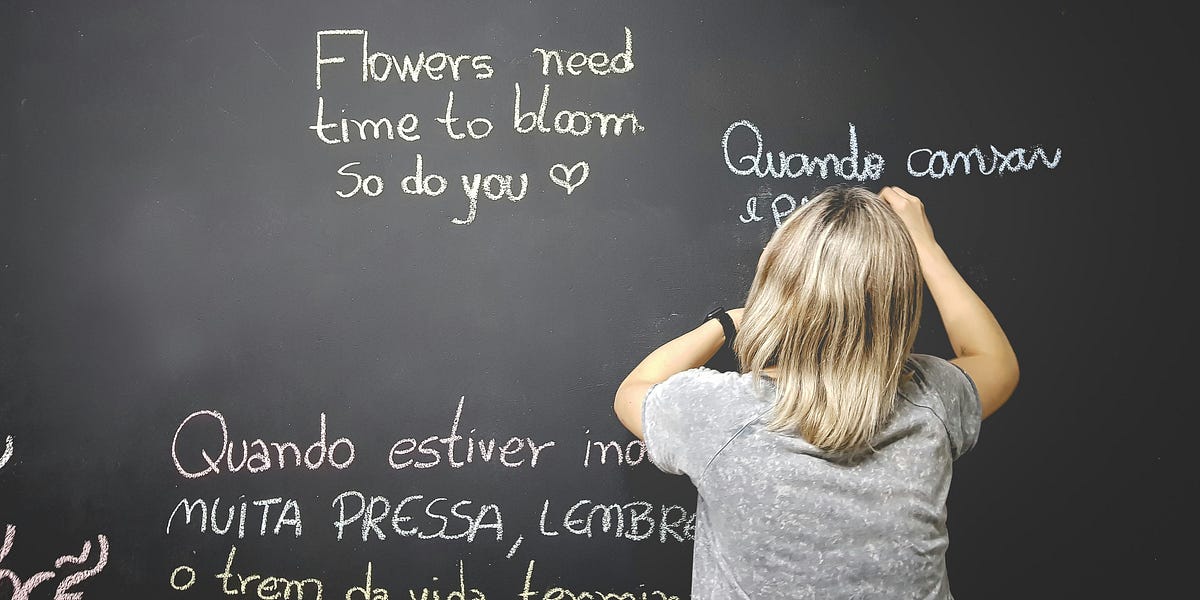When a language disappears, it takes more than vocabulary with it. Entire histories, memories, and identities fade. Stories that may never be told again, songs that fall silent, and knowledge about the world that has no translation.
Globalisation, migration, and cultural suppression have left many tongues hanging by a thread, some spoken only by a handful of elders. Each loss narrows the way we see the world.
Featured Article
Endangered Language Learning: The Best Apps to Try

Endangered Language Learning: The Best Apps to Try
Endangered languages aren’t just words at risk of being forgotten — they’re memories, identities, and ways of seeing the world.
Apps like Duolingo, Memrise, IndyLan, and Gus on the Go are proving that technology can bridge the gap between tradition and the future, making it easier than ever to learn and preserve these voices.
But apps are only one part of the picture. True preservation depends on community, culture, and learners like you choosing to engage.
Language Hack of the Week
Talk to yourself — out loud.
It might feel silly at first, but narrating your day in your target language is one of the fastest ways to build fluency. Try it while cooking, walking, or even brushing your teeth:
“I’m chopping onions.”
“I’m leaving the house now.”
“I forgot my keys again.”
The trick isn’t about perfection; it is about practice. When you hit a word you don’t know, describe it with the ones you do know, or make a note to look it up later.
This keeps your brain in “language mode” and builds confidence speaking out loud, even when nobody’s listening.
Language Learning Tip
“Use the One-Word-Per-Day Expansion Method”
Pick something you use every single day: your phone, mug, notebook, keys, and give it a language identity.
Write its name in your target language on a sticky note and stick it right on the object.
Each time you touch or use it, you must say the word out loud (bonus points if you make a quick phrase with it).
After a week, swap the object or add a new one.
Why it works:
You connect vocabulary with real-life context instead of a word list.
Repetition becomes natural. You’re seeing and saying it dozens of times a day.
Over time, your home becomes a mini “language immersion space.”
Do This In 60 Seconds
Change your phone or laptop settings to your target language.
At first, it feels impossible, but suddenly “Settings,” “Notifications,” and “Battery” are in another language. But that’s the point. You’ll see the same words over and over every day, in real context, until they become second nature.
It’s like free flashcards built into your routine.
Did You Know?
Arabic has over a dozen different words for “love,” each capturing a different stage or shade of it.
From hawa (initial attraction) to ishq (deep passion) to wudd (lasting, steady affection), the language maps love like a journey.
It shows how some cultures don’t just feel emotions. They give them layers of meaning that English often flattens into a single word.
Join the Conversation
What’s your favourite example of how language reflects culture? Share your thoughts with our community on Facebook, X, and LinkedIn.
Prefer This as a PDF?
We’ve put everything into a neat PDF so you can read it offline, save it for later, or even share it with a fellow language lover.
Also, if you think of ways we can improve this PDF version, please reply to this email and let us know or share your thoughts via social media!


